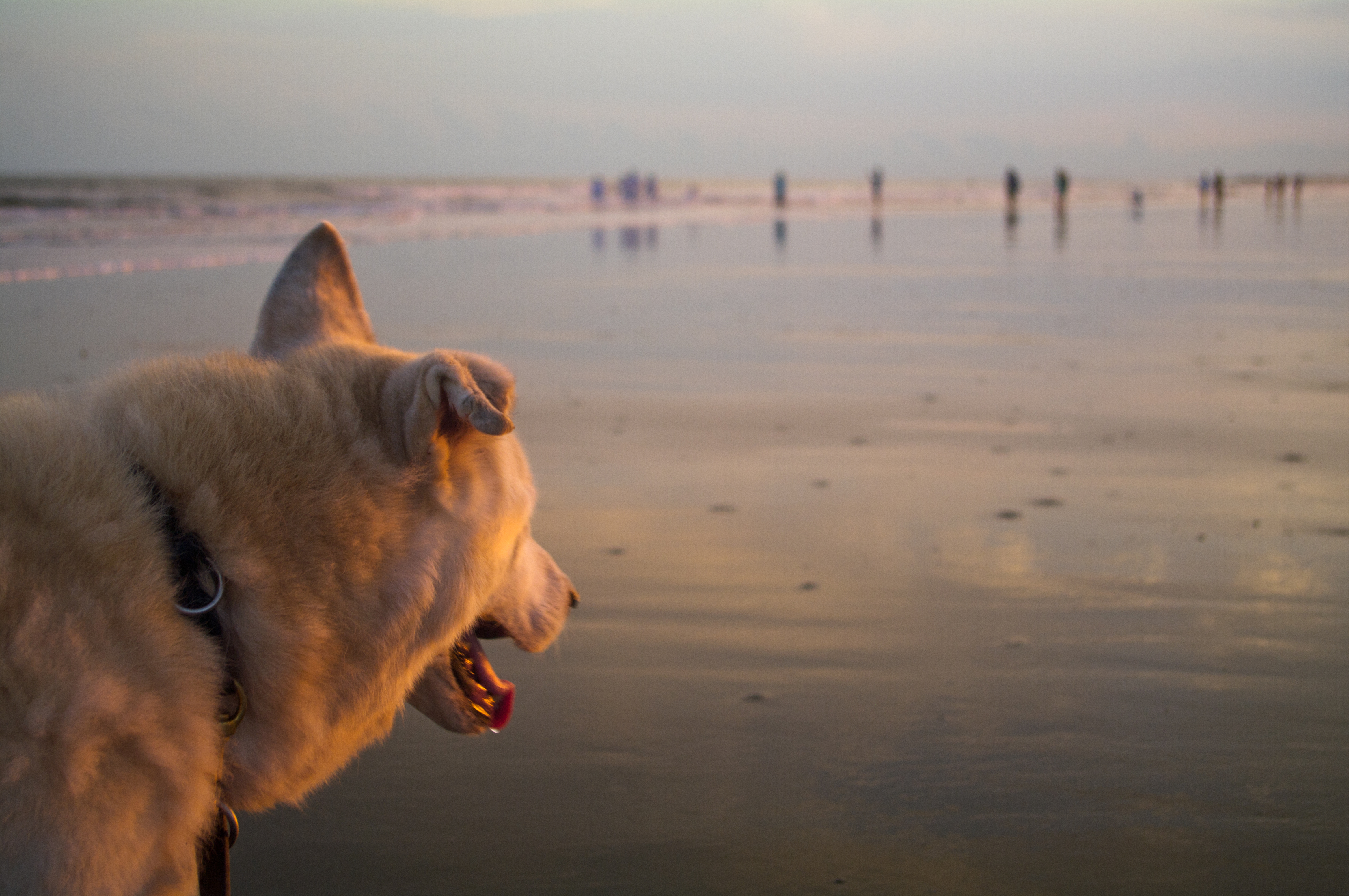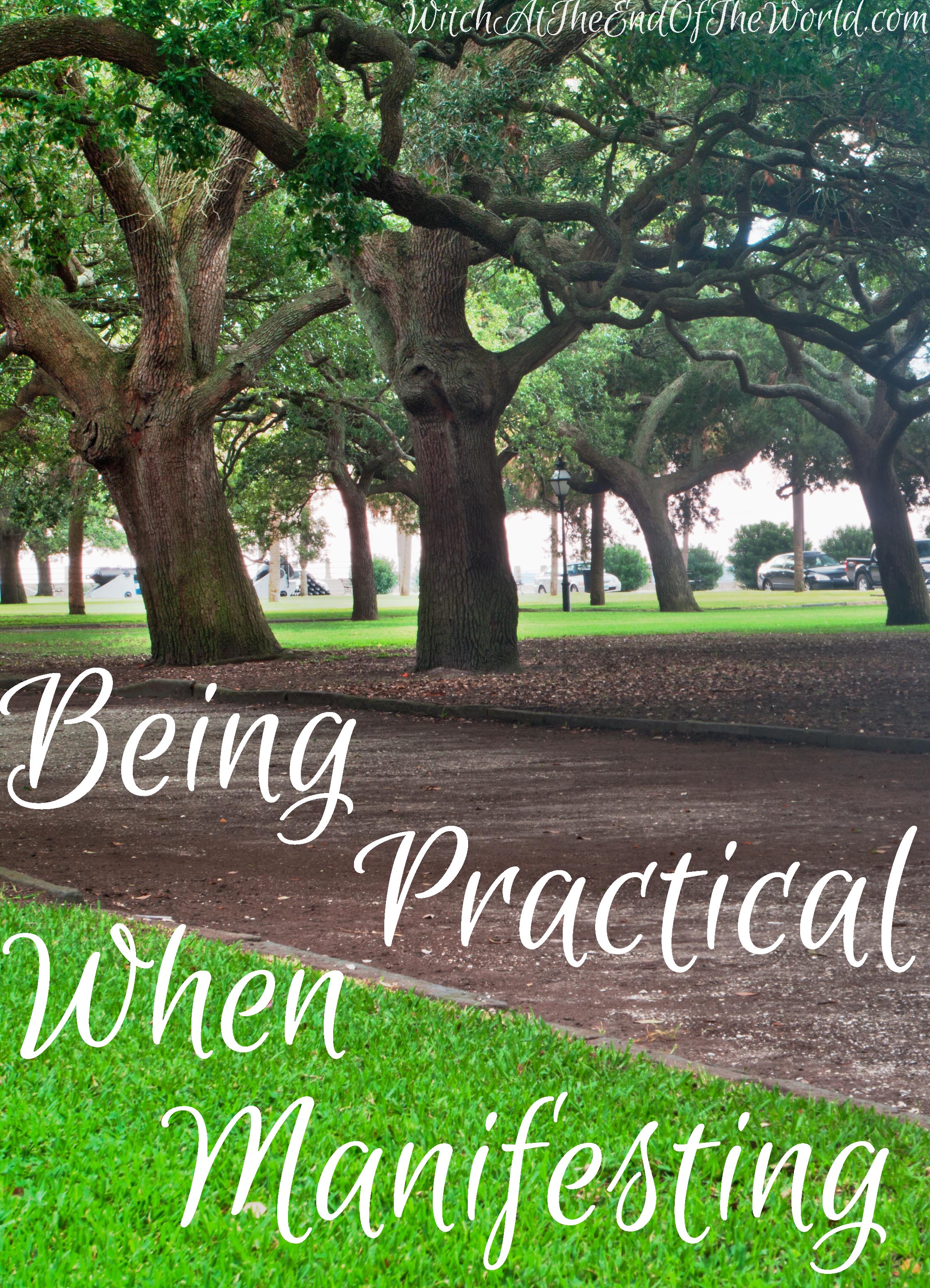Why worry about training now?
Part of planning and preparing for a major life change is helping to prepare the others who will be affected by the change. Since I don’t have kids or a spouse I have to prepare my pets for the drastic change that moving on to a boat the size of a closet will be for them. Many of the post will be live aboard specific, but not all. For instance we will work with some of the behaviors from Control Unleashed. These behaviors will help if you are moving on a boat, or just going to have your pets out in public a lot. So if you will be moving to a city, a small island or even a move to the country where your dog may need to work in the presence of strange and unusual animals. (I mean seriously have you seen cows. Talk about strange.)
What do I need to know?
The first thing you need to do is understand the science behind training. Learning Theory has been studied for years and utilized in both laboratory and real world settings. You will find that a lot of sites and training books use the scientific definitions so I’ll given them to you in a nutshell.
Reinforcement: Reinforcement makes a behavior more likely to occur. In science Positive means you have added something and Negative means that you have removed something. So when using Positive Reinforcement you add something to the situation that makes the behavior more likely to occur in the future. When using Negative Reinforcement you are taking something away that makes a behavior more likely to occur.
Examples: Giving your dog a treat whenever she sits is positive reinforcement. You are adding food and the behavior is more likely to occur in the future. An example of negative reinforcement is if you start driving and don’t close the car door all the way. The annoying dinging makes it more likely you will close the car door. Since closing the car door takes the noise away it is negative reinforcement.
Punishment: Punishment makes a behavior less likely to happen in the future. Remember that positive and negative have no moral or ethical meanings in this terminology, it simply means adding or subtracting.
Examples: Spanking a child for throwing a tantrum is an example of positive punishment since you are adding pain to make a behavior less likely to happen in the future. Ending a positive reinforcement training session with your dog when the dog starts barking would be negative punishment since it leads to less barking and you are taking away the opportunity to earn treat.
An Important Note: These definitions are result based. If you spank a child or a dog and it doesn’t lessen the occurrences of the behavior then it is not punishment. Just like if you pet or feed a dog for coming when called, but the behavior doesn’t become more common it isn’t positive reinforcement. However remember to take baby steps when training a new behavior. Don’t treat a dog once for doing something and expect her to do it constantly.
Getting Started
I’ve used all four quadrants in my training, but tend to get the best results with a combo of R+ (Positive Reinforcement) and P- (Negative Punishment) than with other methods. Though horse training relies heavily on R- (Negative Reinforcement) and can be very effective as long as the behaviors are broken down in to tiny (tiny) increments. The first behavior that I would recommend starting with is targeting. Targeting is teaching the dog to touch something with her nose. (Actually it can be any body part, but seriously I am not going in to all the possibilities here. )
For this example we will pretend that you want the dog to touch a post it with her nose. Pick a marker signal, it can be a clicker, a whistle or just a word you don’t tend to use in normal everyday conversation. Hold the target up and if the dog touches it mark and treat. If the dog doesn’t touch the post it then mark and treat for looking at the target even if it is just a glance.
That is all it takes to start training. I find dog training to be a fun and fascinating past time. Most of the training posts in the feature will include video since I find it much less awkward to speak and demonstrate training than write about. (And thank Goddess. Writing this has been a nightmare.)
Additional Resources
There are some great internet resources that will give you more information about training your pets.
Fenzi Academy: These classes are geared toward competition, but there are several classes that are great for pet people such as the shaping class (teaching behaviors in tiny steps, is great mental work for a dog stuck on a boat in bad weather or on a passage.) The Nosework classes (also great brain work) as well as classes in Basic Learning Theory and for reactive and fearful dogs. You can check out the Sample Class to get an idea for how an internet dog training class works. (I have taken several bronze level classes and love it!)
Clicker Solutions: This site has a wide variety of training articles written by a number of experienced trainers. Some of my favorites are Generalization, Training Myths, Reliability, though I am a training geek. Here is an article on the different ways you can use targeting to get behaviors.
ClickerTraining.com: The home for clicker training. This site has some great articles as well as a store with clickers, treats toys and more.
Training Levels: This site has a paid book, but also the free original training levels which are a great place to start.
For book geeks here are some great options.
Control Unleashed: Creating a Focused and Confident Dog by Leslie McDevitt: If you only buy one dog training book get this one. Leslie created a great program and I haven’t met a dog that wouldn’t benefit from it in some way. There is also the Control Unleashed: The Puppy Program
. Basically all the same exercises as the original book, but described in terms of puppies instead of reactive dogs. (You dog doesn’t have to be reactive for Control Unleashed. Dogs that are drivey, energetic, lack focus or are likely to be exposed to new things that they have never seen before will all benefit from this program.
Karen Pryor, Getting Started: Clicker Training for Dogs Kit: A great starter kit with basic training info, a clicker and some treats. If you just want to dip your toes in the water this is a good place to start.
Culture Clash by Jean Donaldson: This book is starting to get a little bit of age on it, but remains a favorite of mine. This book tries to take the Disney out of our relationship with our dogs. (In techinical terms it strips our tendencies to anthropomorphize our dogs. I love my pets, this isn’t a bad thing.)
The Other End of the Leash: Why We Do What We Do Around Dogs by Patricia McConnell: This is an incredible book on how humans interact with dogs. With information on doggy body language and human body language this book will make you very aware of how you and other interact with your dogs.
I could keep going on and on and may make an amazon store to list all the dogs books that I want to share. Maybe some cruising books too.





